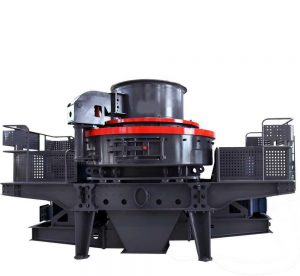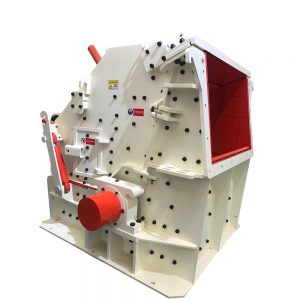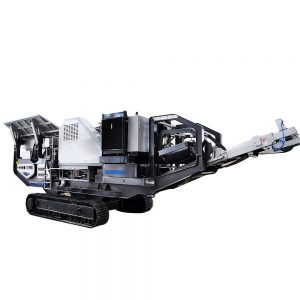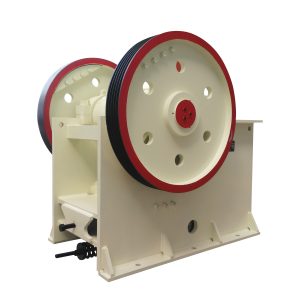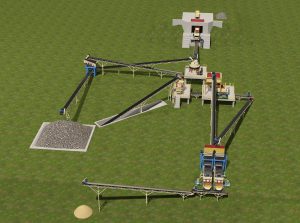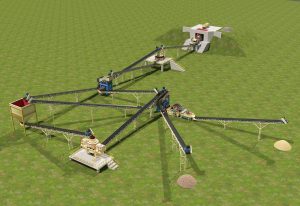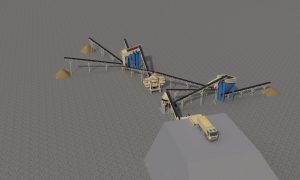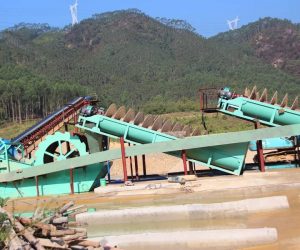How to Operate a Sand Washing Plant?
The importance of high-quality sand in the construction and mining industries cannot be overstated. Sand-washing plants play a crucial role in the processing of sand, ensuring that it meets the required standards for various applications. This blog post will explore what a sand-washing plant is, the essential equipment involved in different types of sand-washing machines, and the processes that ensure the sand is clean and ready for use.
What is a Sand Washing Plant?
A sand-washing plant removes impurities from sand and improves its quality for various uses, including construction, concrete production, and landscaping. The primary goal of a sand washing plant is to produce clean, high-quality sand that meets the specifications needed for different applications.
Key Functions of a Sand Washing Plant
- Remove Dust and Clay: Sand commonly contains impurities such as dust, clay, and silt, which can compromise quality. A sand-washing plant effectively removes these contaminants, ensuring the final product is clean and suitable for use.
- Improve Sand Quality: High-quality sand is essential for strong concrete and durable construction materials. The washing process enhances the sand’s physical and chemical properties, making it more suitable for various applications.
- Recycle Water: Many sand-washing plants incorporate water recycling systems to minimize environmental impact. Efficient water management is crucial in reducing operational costs and conserving resources.
Sand Washing Plant Equipment
The equipment used in a sand washing plant can vary depending on the specific requirements of the project and the type of sand. Below are the main components typically found in a sand-washing plant.
Vibrating Feeders
Function: The vibrating feeders introduce raw sand into the washing process. They ensure a steady and controlled flow of material into the system.
Types:
- Vibrating Feeders: These feeders use vibration to move sand into the washing unit. They can be adjusted for different feed rates, making them versatile for various applications.
- Belt Feeders: Belt feeders transport sand using a conveyor belt, providing a continuous material flow into the washing plant.
Sand Washing Machine
Sand Washing Machine is critical for removing impurities and ensuring the sand meets quality standards. The two primary types of sand washing machines are:
1.Wheel Sand Washing Machine
Function: This machine utilizes a wheel mechanism to scrub and wash sand. The wheel in buckets lifts the sand and water to wash away impurities.
Advantages:
- Efficient in removing dirt, dust, and impurities.
- Simple in design and easy to operate.
- Suitable for both fine and coarse sand.
- Applications: Commonly used in construction, mining, and gravel processing.
2. Spiral Sand Washing Machine
Function: This machine employs a spiral blade to wash and separate impurities from sand. The rotating spiral propels the sand through the tank, helping the cleaning process.
Advantages:
- Highly effective for fine material separation.
- Can handle large volumes of sand.
- Better water conservation due to efficient washing.
- Applications: Ideal for industries requiring high-quality sand, such as concrete manufacturing and sand production.
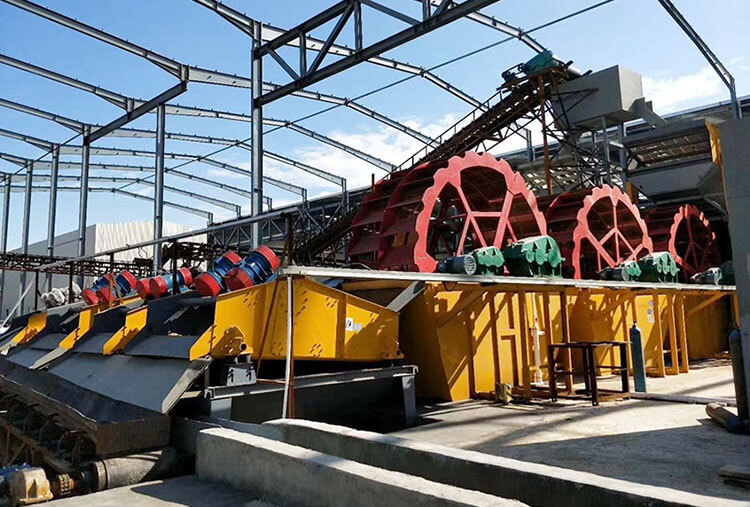
Vibrating Screens
Function: Vibrating Screens separate washed sand into different sizes. This classification ensures that the sand meets specific size requirements for its end use.
Types:
- Vibrating Screens: These screens use vibration to separate sand based on size. They are effective in removing oversized particles and ensuring consistent product quality.
- Dewatering Screens: These remove excess water from the sand after washing, helping to achieve the desired moisture content.
Dewatering Equipment
Function: Dewatering equipment removes excess moisture from the sand after washing. This step is crucial for preparing sand for storage or transportation.
Types:
- Dewatering Screens: These screens combine vibration and gravity to separate water from sand.
- Belt Presses: These machines apply pressure to the sand to extract water, further reducing moisture content.
Water Management Systems
Function: Effective water management is essential in a sand-washing plant. These systems help recycle and manage water used in the washing process.
Components:
- Settling Ponds: These ponds allow solids to settle, enabling water recycling for reuse in the washing process. It reduces water consumption and minimizes environmental impact.
- Thickeners: Thickeners concentrate slurry by separating solids from liquids, improving water recovery and reducing waste.
Sand Washing Plant Process
The sand-washing process typically involves several steps to ensure the sand is thoroughly cleaned and prepared for its intended use. Here’s a breakdown of the typical process flow.
Feeding
Feed raw sand into the system through a feeder. This initial stage is crucial as it determines the efficiency of the washing process. Proper feeding ensures that the washing machines operate optimally and that the sand is evenly distributed for effective cleaning.
Washing
It uses water and mechanical scrubbing to remove impurities like clay, silt, and dust. Depending on the requirements, this can be done using either wheel or spiral sand washing machines. The washing process cleans the sand and helps separate different particle sizes.
Classification and Screening
After washing, classify the sand into different grades using screens. This step ensures that the sand meets specific size requirements for its end use. The screens help remove oversized particles that may not be suitable for certain applications.
Dewatering
Dewater the washed and classified sand to remove excess moisture by dewatering screens or thickeners, allowing the sand to reach the desired moisture content. Proper dewatering is essential to prevent issues during storage and transportation.
Water Recycling
Recycling water through settling ponds or thickeners, minimizing waste, and conserving resources. It not only reduces operational costs but also ensures compliance with environmental regulations.
Benefits of Sand Washing Plant
Investing in a sand washing plant offers numerous benefits for businesses in the construction and mining industries. Here are some key advantages:
Enhanced Product Quality
A sand-washing plant produces clean, high-quality sand that meets industry standards. It is vital for applications such as concrete production, where the quality of materials directly affects the strength and durability of the final product.
Increased Efficiency
Modern sand-washing plants are designed for efficiency. By integrating advanced washing technologies and effective water management systems, these plants optimize the washing process and minimize waste.
Environmental Sustainability
With the growing emphasis on sustainable practices, sand-washing plants contribute to environmental conservation. These facilities minimize their impact on local ecosystems by recycling water and reducing waste.
Versatility
Sand-washing plants can be adapted to process various types of sand, including river sand, crushed stone sand, and manufactured sand. This versatility makes them suitable for wide applications across different industries.
Cost Savings
By producing high-quality sand in-house, businesses can reduce their reliance on external suppliers and lower transportation costs. Furthermore, efficient water recycling systems decrease water consumption, leading to significant cost savings over time.
Conclusion
The sand-washing plant is essential for producing high-quality sand that meets industry standards. By utilizing various equipment, including wheel and spiral sand washing machines, and processes, these plants ensure that sand is free from impurities and suitable for construction and other applications. Understanding the components and processes involved in sand washing can help stakeholders make informed decisions about their sand production needs.
Eastman is a professional mining equipment manufacturer with 38 years of rich experience in the mining construction industry. We can also provide lab equipment. Welcome to consult our professional team to get factory prices. According to your situation and product requirements, we will design a complete sand-crushing production line flow chart and provide an accurate quotation.
